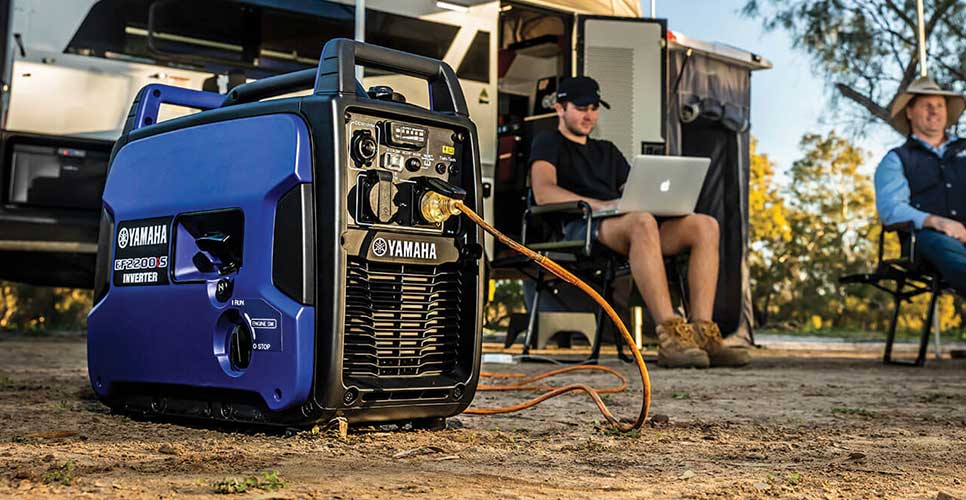
Wahana International – Understanding in detail the generator components and their functions is important. Especially if you have plans to buy a Yamaha generator at Wahana International.
Because in the current era, generators have become an important requirement for all business sectors, especially the industrial world.
Not only in the world of business and industry, now many people also use generators for household purposes. The potential for power interruptions that can occur at any time makes generators very necessary for the community at this time.
So, before you officially own a generator, it is important for you to understand what the main components of a generator are and their functions. This will provide a lot of convenience for you when you have to use it later, especially if at any time there are technical problems that you have to face.

The following is the function and brief explanation of the components attached to the generator engine:
The first component in the generator and the most important is the engine. This component is the source of the generator’s mechanical energy. Of course, to activate the kinetic energy of this machine, fuel such as gas or petrol is needed.
The machine acts as an energy generator. Usually gasoline is used for engines that have a small capacity. Meanwhile, for larger capacities, usually the raw materials used are diesel or gas. Of course there are several technical differences underlying this.
From the engine as a generator, next we will focus on the alternator. If you study generator components and their functions, understanding the alternator is very important. The alternator is a component that converts the energy produced by the engine into electrical energy.
Usually this alternator has a type of rotor which is often called an armature. This component is no less important because it works directly on the generator. With the presence of this component, the magnetic field in the generator moves and produces electrical energy in it.
No less important, the next component in the generator is the fuel tank. This component of course has a function as a fuel reservoir.
But it turns out its function is not only that. There are still other functions that are more important than just fuel storage.
This function is the duration for which the machine continues to produce electrical energy. Of course, the larger the engine capacity, the longer your generator’s working hours will be. However, if you have bought a generator with a minimal tank, you can also buy an external tank as a solution.
The discussion about generator components and their functions does not just stop at the tank. But also for voltage control. In the generator that you buy, this component has the function of regulating the amount of voltage produced by the generator itself.
This voltage regulator has a very important role because its presence makes the resulting electrical voltage much more stable. Not to mention the presence of this component makes items that receive electrical energy more durable and less easily damaged by electricity.
Overall, the components of the generator and their functions are mutually sustainable and support each other. An example is exhaust cooling. This component allows the generator to minimize the heat that appears when it is turned on and produces electricity.
If, for example, there is no exhaust cooling, it is not impossible that your generator will explode. Because the components in the generator are unable to withstand the heat that arises due to electrical reactions. Therefore, it is very important for you to monitor all components so that the generator’s performance remains good.
So, that was a brief explanation of some of the main components of a generator and their functions. Hopefully this information is useful for you, who might want to buy a Yamaha generator at Wahana International.
***
Contact salesContact our sales team, our reliable staff is ready to help with your Yamaha generator needs.
Wahana International, Official Distributor of Yamaha Power Product Generators Global.
Wahana International, Supplier & Official Global Distributor of Yamaha Power Products

The VIN is a unique identification number for your vehicle. It is 17 characters in length.
Visible through the bottom of the windscreen
Under the bonnet, usually at the front or back
Some utes and 4WDs, visible within a wheel arch
Open the door and look on the frame